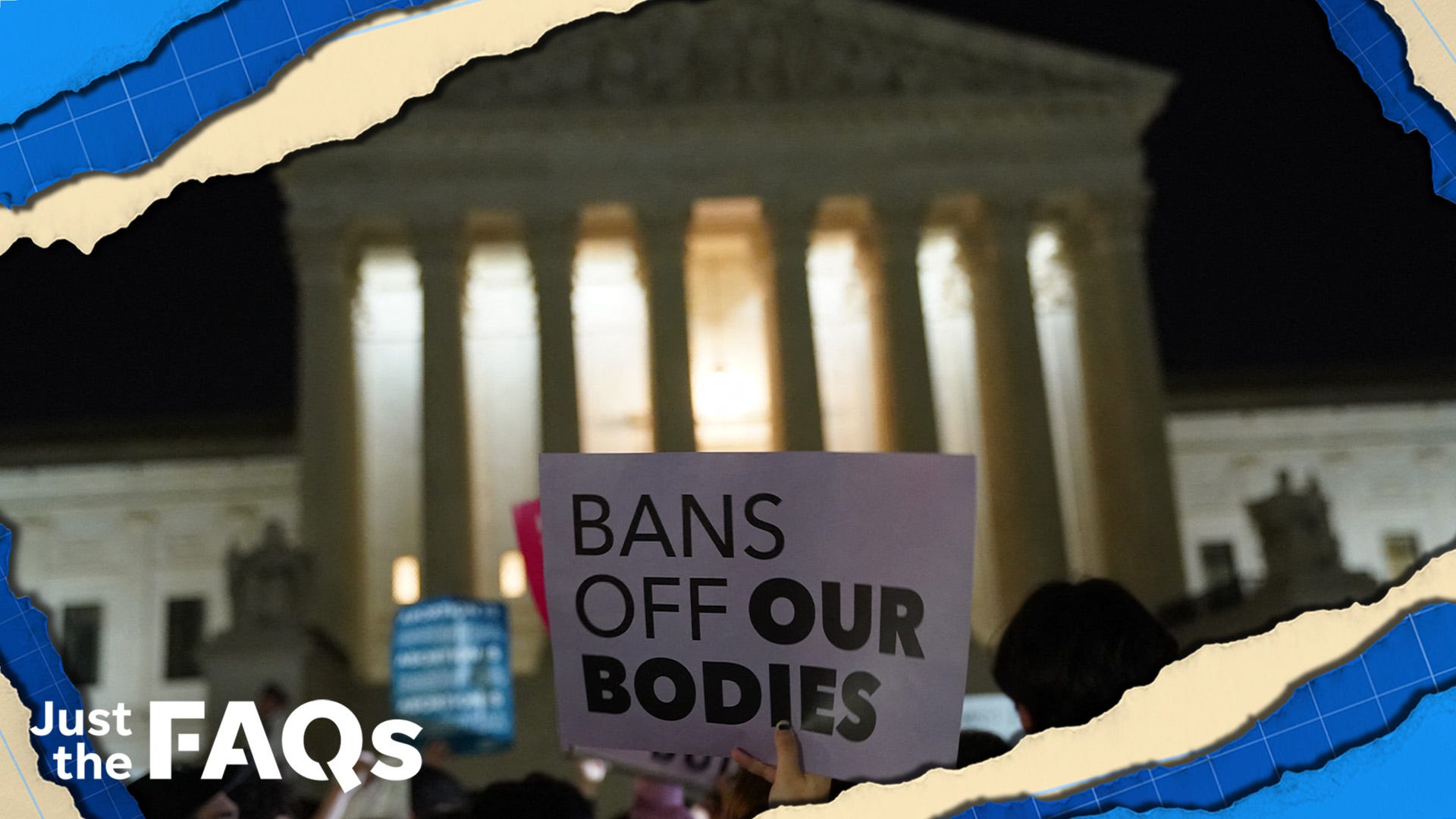What to know about Supreme Court abortion case leak: Ex-Army lawyer leads investigation as questions swirl

The investigation of the Supreme Court draft decision leak that stunned the nation will be led by a U.S. Army attorney and West Point graduate who recently was appointed as the court’s chief security officer and facilities administrator.
Col. Gail A. Curley became the high court’s 11th Marshal of the Court in 2021, a post in which she oversees roughly 260 employees, including the Supreme Court Police. She came to the court after heading the National Security Law Division in the Office of the Judge Advocate General, which trains U.S. and foreign judge advocates in international law and its applications to military operations.
Chief Justice John Roberts announced on Tuesday that he had directed the marshal’s office “to launch an investigation into the source of the leak.”
The breach made public an early draft of the court’s anticipated decision on whether to overturn Roe v Wade and Planned Parenthood v Casey, the controversial Supreme Court rulings that respectively established and largely upheld a constitutional right to an abortion.
The draft, written by Associate Justice Samuel Alito, said "Roe was egregiously wrong from the start," and added, “We hold that Roe and Casey must be overruled."
Although the leak represented an embarrassing breach for the high court, legal experts said it likely was not a crime.
Although Roberts’ announcement authenticated the draft, it said the leaked document “does not represent a decision by the Court or the final position of any member on the issues in the case.” It is unclear when the court will issue the final version of the decision. Before the leak, it had been expected the ruling would be issued in June or early July, when the court’s current term concludes.
After nationwide protests over the decision draft, Curley has launched the investigation to determine how the breach occurred and identify the leaker. It is unclear whether federal agencies that have liaison relationships with the marshal’s office, including the FBI will have any roles in the investigation. Patricia McCabe, the court’s chief spokesperson, did not respond to an email seeking comment about the logistics.

How experts suggest search for SCOTUS leaker could proceed
Christopher Tarbell is a former FBI special agent and cybersecurity investigation expert who had a central leadership role in taking down the dark web drug trafficking site known as the Silk Road. He’s now a director of Berkeley Research Group, a corporate management consulting firm, where he leads the company’s cyber operations and incident response practice.
Tarbell said he has no knowledge of the Supreme Court’s security operations and has no role in the investigation. However, he suggested investigators might start by identifying the specific version of the leaked document, when it was written and entered in Supreme Court computer systems, and then identifying everyone who had access to it.
Additionally, Investigators would likely try to identify anyone who made a copy of the document, saved a copy, or printed it, said Tarbell.
Then, investigators would likely interview each person who had access to the document, along with anyone else who was able to use the computers of those who had official access, said Tarbell. If the leak resulted from a cyberbreach, he predicted investigators “are going to find out who did this.”
“It’s pretty hard to make copies of computer files or move the files without leaving a trail,” said Tarbell.
What might the Supreme Court do to prevent leaks?
Focus on controlling access to secret and sensitive documents and records, as well as changed versions, said Robert Kolasky, the former assistant director of the federal Cybersecurity and Infrastructure Security Agency. He’s now senior vice president critical infrastructure at Exiger, a government risk and compliance company focused on battling fraud and financial crime. Like Tarbell, he has no knowledge of the investigation or the court’s current security.
“Make sure you limit things to just the people who absolutely need to have access,” said Kolasky. “When you do that, you’re reducing the risk.”
More Paste BN coverage of SCOTUS abortion opinion
- Abortion rates have declined for decades: How many abortions are actually performed in the US?
- Whodunit?: Speculation swirls as Supreme Court launches probe into leaked draft abortion opinion
- Ruling's potential impact: Pregnancy-related deaths could rise 20% or more in states that outlaw abortion, experts say
- They aren't stopping here: Anti-abortion groups could win a 50-year fight to end Roe.
- 'Experimental options': How can Biden protect abortion if Roe v. Wade is overturned?